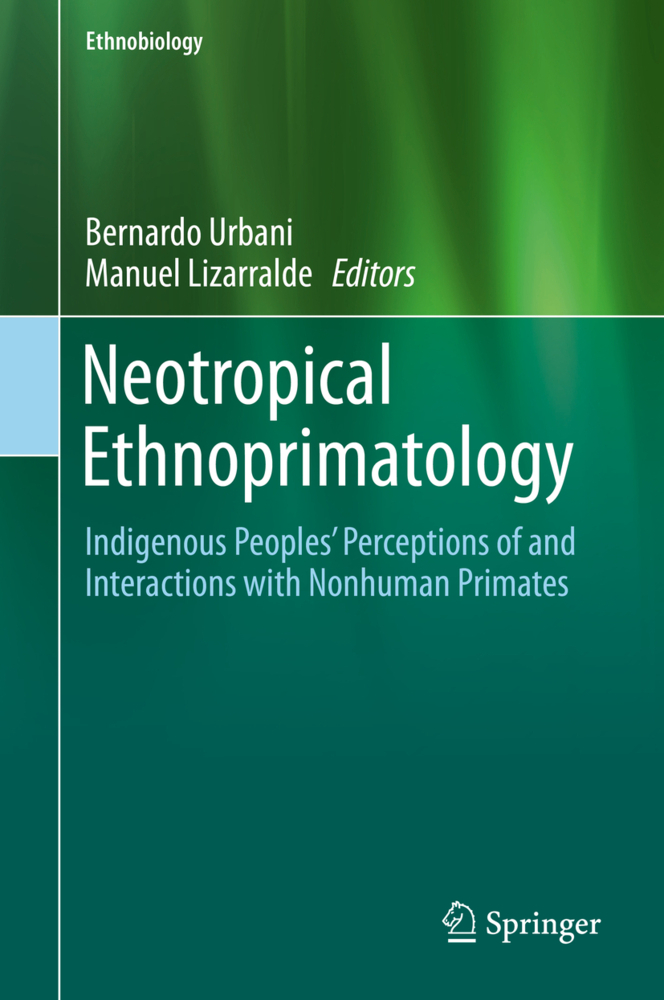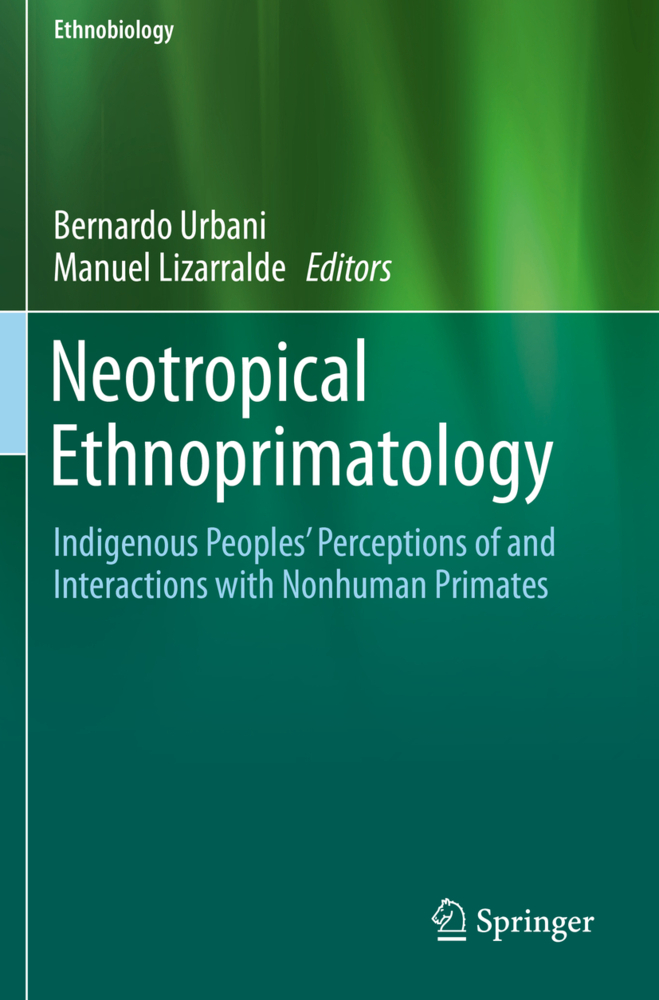Neotropical Ethnoprimatology
Ethnoprimatology is situated at the intersection between the biological and cultural subfields of anthropology. Research on the interface between human and nonhuman primates has been steadily increasing since 1997, when the term ethnoprimatology was first coined. Although there have been studies on human-nonhuman primate interactions in the tropical Americas, no single comprehensive volume has been published that integrates this information to fully understand it in this region. Eighteen novel chapters written by outstanding scholars with various backgrounds are included in this edited volume. They refer to the complex interconnections between different indigenous peoples with New World monkeys that sympatrically share their ancestral territories. Geographically, the range covers all of the Neotropics, from southern Mexico through northern Argentina. This work includes topics such as primates as prey and food, ethnozoology/ethnoecology, cosmology, narratives about monkeys, uses of primates, monkeys as pets, and ethnoclassification. Multiple views as well as diverse theoretical and methodological approaches are found within the pages. In sum, this is a compendium of ethnoprimatological research that will be prized by anthropologists, ethnobiologists, primatologists, conservationists, and zoologists alike.
"This book... provides a historical benchmark for all subsequent research in ethnoprimatology in the Neotropics and beyond."
- Leslie E. Sponsel, University of Hawai´i at Manoa.
Foreword
Neotropical Ethnoprimatology: An IntroductionPart I. Mesoamerica
1. Perception and Uses of Primates among Popoluca Indigenous People of Los Tuxtlas, Mexico
2. Mental State Attribution to Nonhuman Primates and Other Animals by Rural Inhabitants of the Community of Conhuas near the Calakmul Biosphere Reserve in the Yucatan Peninsula, Mexico
3. Local Knowledge and Cultural Significance of Primates (Ateles geoffroyi and Alouatta pigra) among Lacandon Maya from Chiapas, Mexico
4. Representation and Signification of Primates in Maya-Q´eqchi´ Cosmovision and Implications for their Conservation in Northwestern Guatemala
Part II. South America
5. Ethnoprimatology of the Tikuna in the Southern Colombian Amazon
6. Frugivorous Monkeys Feeding a Tropical Rainforest: Barí Ethnobotanical Ethnoprimatology in Venezuela
7. Memories, Monkeys and the Mapoyo People: Rethinking Ethnoprimatology and Eco-Historical Contexts in the Middle Orinoco, Venezuela
8. Co-ecology ofJotï, Primates and Other People: A Multi-Species Ethnography in the Venezuelan Guayana
9. Primates in the lives of the Yanomami people of Brazil and Venezuela
10. Kixiri and the Origin of Day and Night: Ethnoprimatology among the Waimiri Atroari Amerindians of Central Amazonia, Brazil
11. Linguistic, Cultural, and Environmental Aspects of Ethnoprimatological Knowledge among the Lokono, Kari'na, and Warao of the Moruca River (Guyana)
12. Relationships between Scientific Ecology and Knowledge of Primate Ecology of Wapishana Subsistence Hunters in Guyana
13. Past, Present and Future of Secoya Ethnoprimatology in the Ecuadorian Amazonia
14. The Importance of Nonhuman Primates in Waorani Communities of the Ecuadorian Amazon
15. Monkeys in the Wampis (Huambisa) Life and Cosmology in the Peruvian Amazonian Rainforest
16. The White Monkey and the Sloth or Pelejo Monkey: Primates in the Social and Cultural Configurations of the Shawi People of Northwestern Peru
17. Importanceof Primates to Tacana Indigenous Subsistence Hunting in the Bolivian Amazon
18. When Monkeys were Humans: Narratives of the Relationship between Primates and the Toba (Qom) People of the Gran Chaco of Argentina
Index.
Urbani, Bernardo
Lizarralde, Manuel
| ISBN | 978-3-030-27503-7 |
|---|---|
| Artikelnummer | 9783030275037 |
| Medientyp | Buch |
| Copyrightjahr | 2020 |
| Verlag | Springer, Berlin |
| Umfang | XXXI, 396 Seiten |
| Abbildungen | XXXI, 396 p. 76 illus., 54 illus. in color. |
| Sprache | Englisch |











